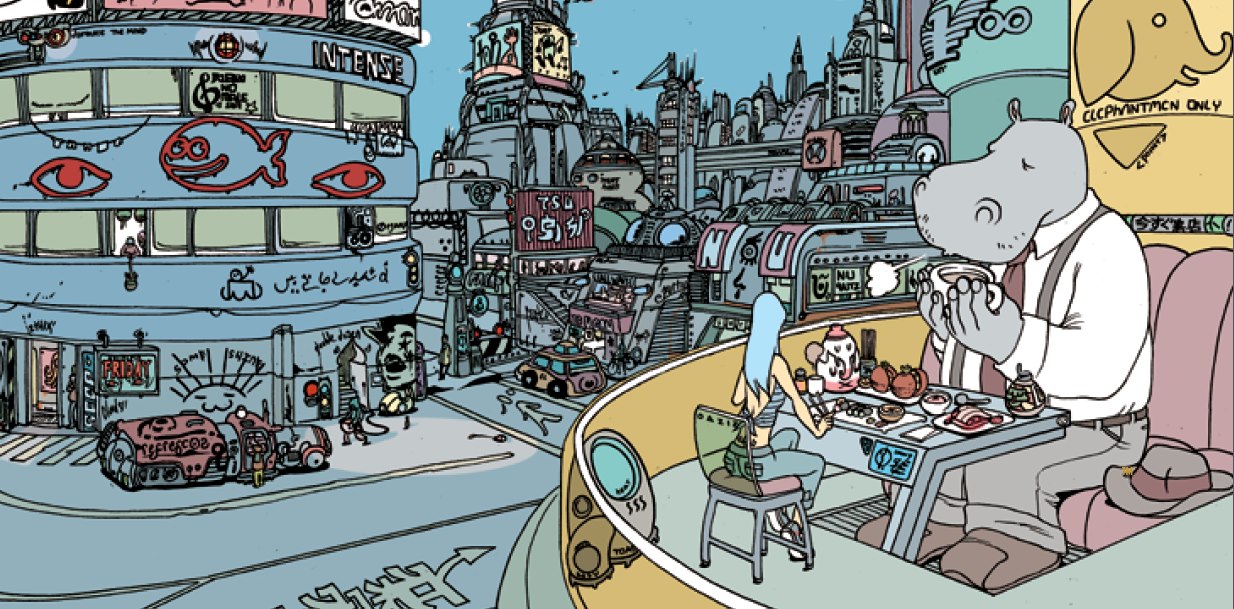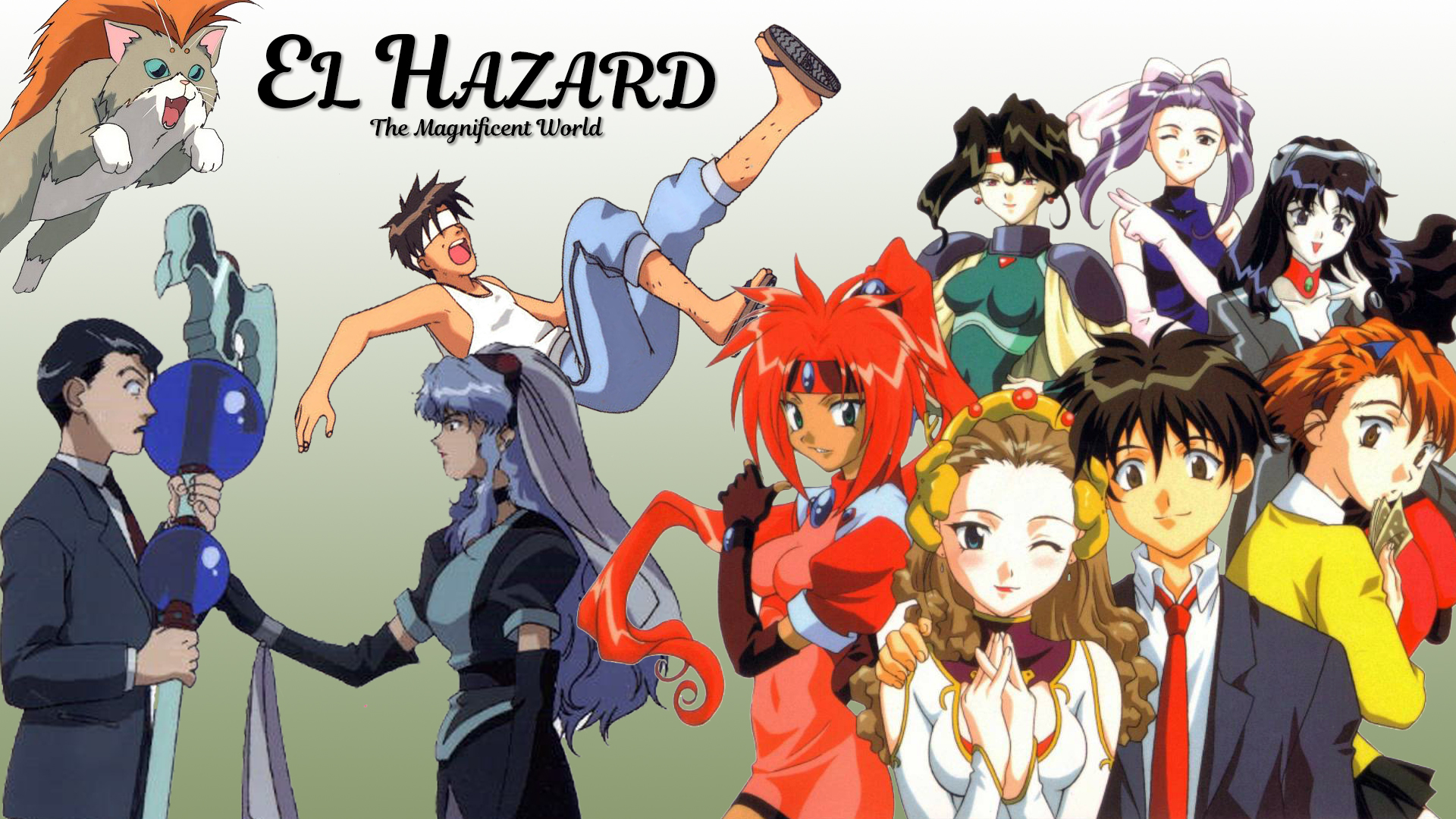There’s not much to report about today in blog land. But I did think I should check in with you, dear readers. Because I promised posts on Mondays and Thursdays. I suppose I have something to say about projects. I caught up with a friend of mine yesterday. He’s been buried under a lot of […]
And now, for another update of the Creative Dispatch. I managed to get over the creative hump of writing Ossua. A new chapter is now through its first draft, and the story kickstarted itself back to life. It has its problems, but they are mostly things able to be fixed in post. I completed my […]
A few years back I took a gamble on a comic called King City, by an artist named Brandon Graham. I’d seen it on the shelf a few times in stores and wasn’t quite sure it was for me. I spoke to my local proprietor of fine books (Between Books in Claymont, DE) and Greg, […]
Archives
- May 2023
- July 2022
- June 2022
- March 2020
- November 2019
- November 2018
- September 2018
- August 2018
- January 2018
- December 2017
- November 2017
- August 2017
- July 2017
- June 2017
- May 2017
- April 2017
- March 2017
- February 2017
- November 2016
- October 2016
- July 2016
- June 2016
- March 2016
- January 2016
- December 2015
- November 2015
- August 2015
- July 2015
- May 2015
- April 2015
- March 2015
- February 2015
- January 2015
- December 2014
- November 2014
- October 2014
- September 2014
- August 2014
- July 2014
- June 2014
- December 2013
- May 2012
- February 2012
- January 2012
- December 2011
- November 2011
- October 2011
- September 2011
- August 2011
- July 2011
- June 2011
- May 2011
- April 2011
- March 2011
- February 2011
- January 2011
- December 2010
Calendar
| S | M | T | W | T | F | S |
|---|---|---|---|---|---|---|
| 1 | 2 | 3 | 4 | 5 | ||
| 6 | 7 | 8 | 9 | 10 | 11 | 12 |
| 13 | 14 | 15 | 16 | 17 | 18 | 19 |
| 20 | 21 | 22 | 23 | 24 | 25 | 26 |
| 27 | 28 | 29 | 30 | 31 | ||



